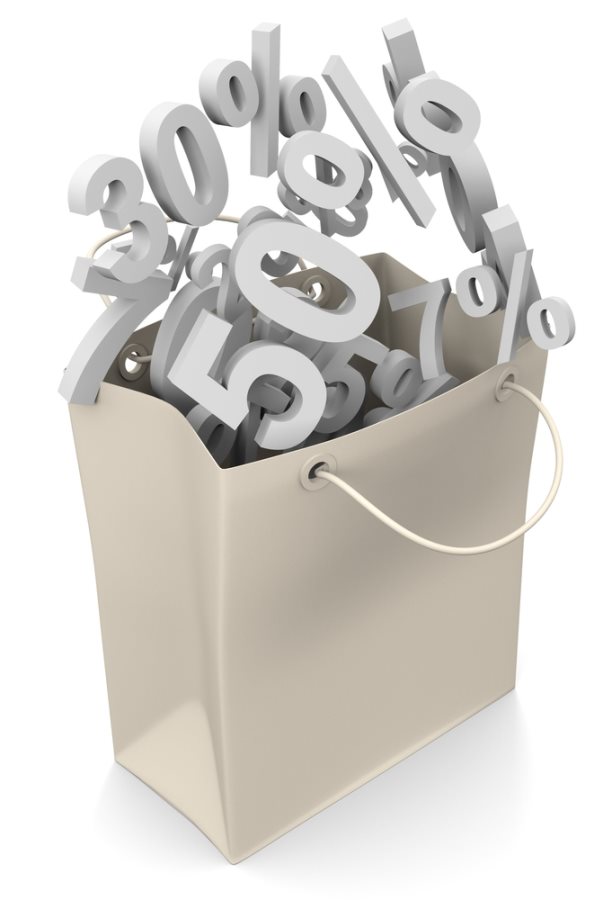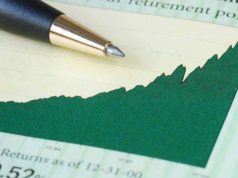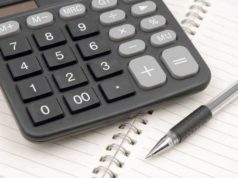
What is the Discount Rate?
The discount rate is a common economic term that can mean the following indicators or maneuvers:
A discount rate can refer to the interest rate a central bank charges various depository institutions that borrow reserves from it. For example, a discount rate can refer to the interest rate that banks in the United States are charged for the use of the Federal Reserve’s discount window.
The discount rate may be used, in regards to computations of present value, synonymously with the interest rate. It is important to note that the term “discount” in finance, refers a computation of various forms of present value (ie the net present value of a security or a discounted cash flow).
The discount rate may also be analyzed as the annual effective discount rate. The discount rate is significantly lower than the interest rate, because the nominal value is interpreted at a future value. Because this discount rate portrays the initial value as the nominal value minus a discount, it is typically used for Treasury Bills and other financial instruments of the same classifications.
What is the Annual Effective Discount Rate?
The annual effective discount rate refers to the annual interest divided by the capital including the interest, which is the interest rate divided by 100% plus the interest rate. The annual effective discount rate, in summation, calculates the annual discount factor, which is to be applied to the future cash flow. The annual effective discount rate, when applied to the future cash flow, will find the discount, when the figure is subtracted from a future value. For example, the discount rate for a treasury bills that sells for $95 and pays $100 in a year would be 5%–100-95/100. The interest rate is then calculated using the 95 as the base: 100-95/95=5.26%. For every annual effective interest rate, there is a corresponding annual effective discount rate.
Why is the Discount Rate Important?
A business, when deciding what to do with their profits (re-invest in the company or distribute to shareholders) will always consider the discount rate. In an ideal setting, the business would only buy an additional piece of equipment if it guaranteed the delivery of increased profits to the shareholders at a later date. That being said, the amount of excess profit that a shareholder requires to allow the company to buy the additional piece of equipment is based on the shareholder’s discount rate.



























